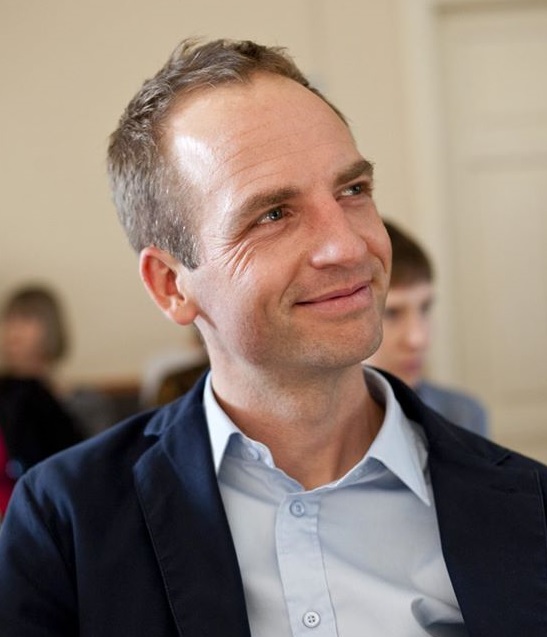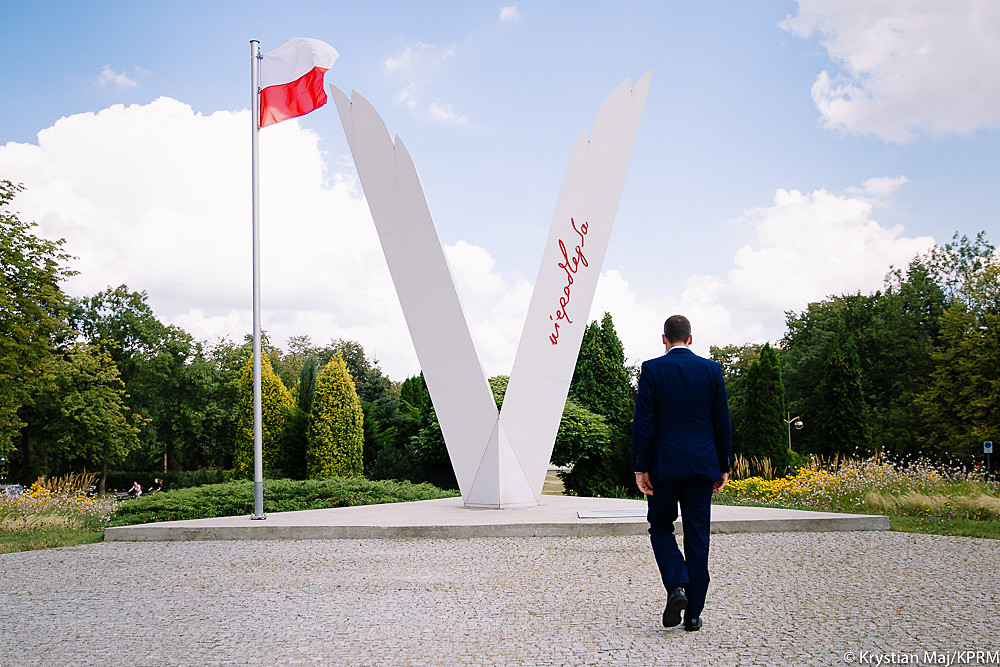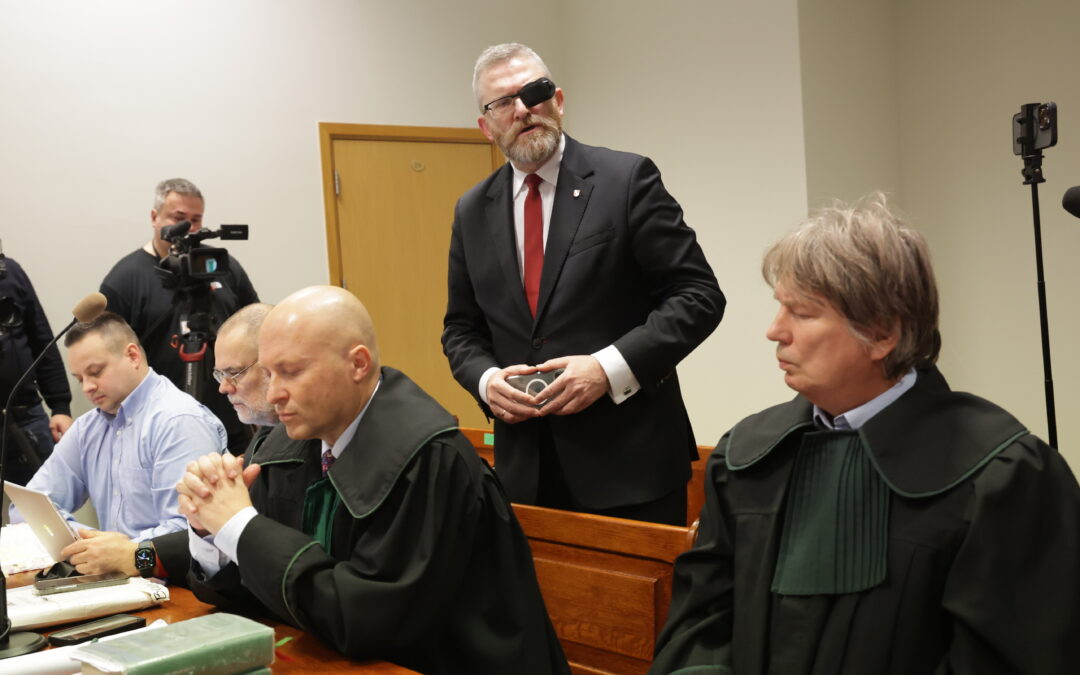Poland’s government has launched a scheme to fund the purchase of Polish flags, and flagpoles to raise them on, for every municipality that collects the requisite number of online signatures.
The programme – named “Under the white and red”, in reference to the colours of the flag – is intended to encourage patriotism as well as to unite Poland and its inhabitants by commemorating those who have died for the country’s freedom, according to the government’s website.
It aims in particular to mark this year’s centenary of the Battle of Warsaw, at which Polish forces achieved a decisive victory against the Soviet Red Army, halting its advance into Europe and protecting Poland’s newly regained independence.
Launching the project in the city of Tychy, Prime Minister Mateusz Morawiecki said that the flag belongs to all Poles, regardless of their political persuasion:
The white-and-red flag is neither right wing or left wing. Our national colours belong to everybody. White and red is the past, present and future, and may this flag on these poles remind us of the magnificent future that awaits us, but also remind us that we did not come from nowhere, that we owe this freedom and democracy we can enjoy today to our magnificent heroes.
The government was therefore making a “proposal to all municipalities to hoist flagpoles high to commemorate our anniversaries…to show that that Polishness is solidarity and freedom, and to let the white-and-red flag unite”, said Morawiecki, quoted by Onet.
Under the new scheme, the government pledges to fund the purchase of a flagpole and Polish flag to be prominently displayed in every district (gmina) whose residents collect the requisite number of online votes by 11 November, Poland’s independence day.
The minimum number needed varies depending on the size of the district: 100 for those with up to 20,000 residents; 500 for those up to 100,000 residents; and 1,000 for those with a population of more than 100,000. Poland has a total of 2,477 districts.
As an added incentive, the three municipalities with the highest proportion of votes in relation to their population will have their new flagpoles unveiled by the prime minister in person.
🇵🇱🇵🇱🇵🇱 Biało-czerwona łączy nas zawsze❗️
Więcej o akcji #PodBiałoCzerwoną ➡️ https://t.co/IuQva3W0w6 pic.twitter.com/HOPSfEgORy
— Kancelaria Premiera (@PremierRP) August 25, 2020
Local authority representatives from districts sympathetic towards both the ruling Law and Justice (PiS) party and the opposition were enthusiastic about the scheme in interviews with news website Money.pl
“A really great initiative. These things unite the local community,” said the spokesman for Białe Błota, a rural district in central Poland, 66.5% of whose residents voted for opposition candidate Rafał Trzaskowski in the recent presidential election.
However, certain questions about the programme remain unanswered. In particular, estimates of costs, and where the money will come from, have not been revealed. Last week, the government announced that it was expecting to record Poland’s highest ever budget deficit this year.
There are also some doubts about the online voting system. To fill in the online form, only a person’s name, email address and choice of municipality are required, reports Wprost.
It is therefore possible for people unaffiliated with a municipality to vote for it, with no verification taking place until after the closing date, when a special commission will assess the results.
The white and red colours have been associated with Poland since the Middle Ages, and became official national colours in 1831, at a time when the country was partitioned between foreign powers.
The national flag of equal white and red stripes was officially adopted after the First World War, and an alternative version bearing the Polish eagle coat of arms is reserved for official use at sea and abroad. Polish Flag Day has been celebrated on 2 May since 2004.
Main image credit: Krystian Maj/KPRM (under CC BY-NC-ND 2.0)

Ben Koschalka is a translator, lecturer, and senior editor at Notes from Poland. Originally from Britain, he has lived in Kraków since 2005.




















